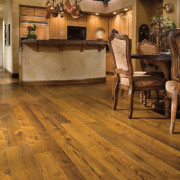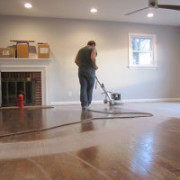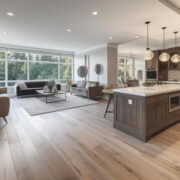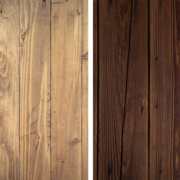COMMON TYPES OF DAMAGE TO HARDWOOD FLOORS
Hardwood floors are a popular choice for many homeowners due to their durability and timeless appeal. However, even the sturdiest of hardwood floors can fall victim to various types of damage over time. Understanding the common types of flooring damage to hardwood floors can help homeowners take proactive measures to prevent and address these issues.
1. Scratches and Scuffs: One of the most common types of damage to hardwood floors is surface scratches and scuffs. These can occur from the regular wear and tear of foot traffic, moving furniture, or even pet claws. While these may seem like minor issues, they can detract from the overall appearance of the floor and lead to more significant damage if left untreated.
2. Water Damage: Hardwood floors are particularly susceptible to water damage, which can result from spills, leaks, or excessive humidity. Water can cause the wood to warp, swell, or even develop mold and mildew. It is crucial to address any water damage promptly to prevent further deterioration of the flooring.
3. Gouges and Dents: Heavy furniture, high heels, or dropped objects can cause gouges and dents in hardwood floors. These deep marks can be unsightly and compromise the integrity of the floor if not addressed.
4. Fading and Discoloration: Exposure to sunlight and UV rays can cause hardwood floors to fade and lose their original luster over time. Additionally, certain chemicals and cleaning products can lead to discoloration of the wood.
5. Warping and Cupping: Changes in humidity and moisture levels can cause hardwood floors to warp or cup, resulting in uneven surfaces and potential tripping hazards.
Preventative measures such as using furniture pads, area rugs, and promptly cleaning up spills can help minimize the risk of damage to hardwood floors. Additionally, regular maintenance such as refinishing and resealing can help restore the appearance and integrity of the flooring.
Understanding the common types of flooring damage to hardwood floors is essential for homeowners looking to preserve the beauty and longevity of their investment. By taking proactive measures and addressing issues promptly, homeowners can enjoy their hardwood floors for years to come.







